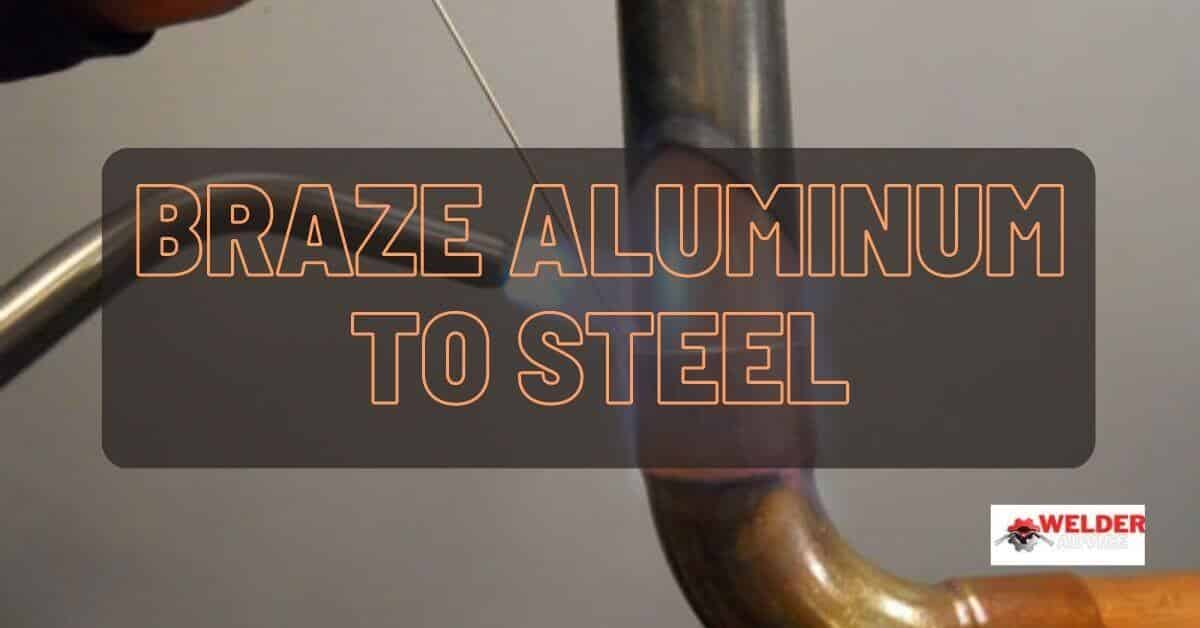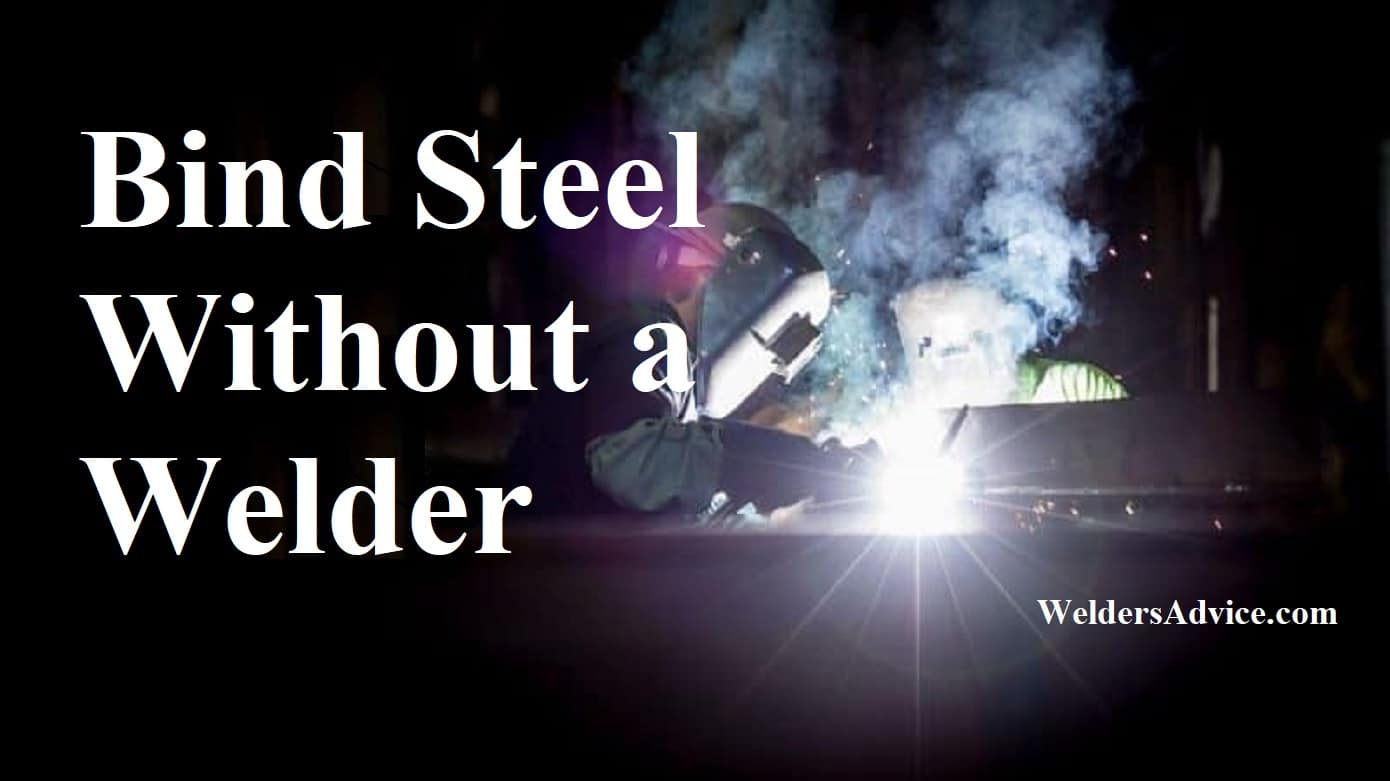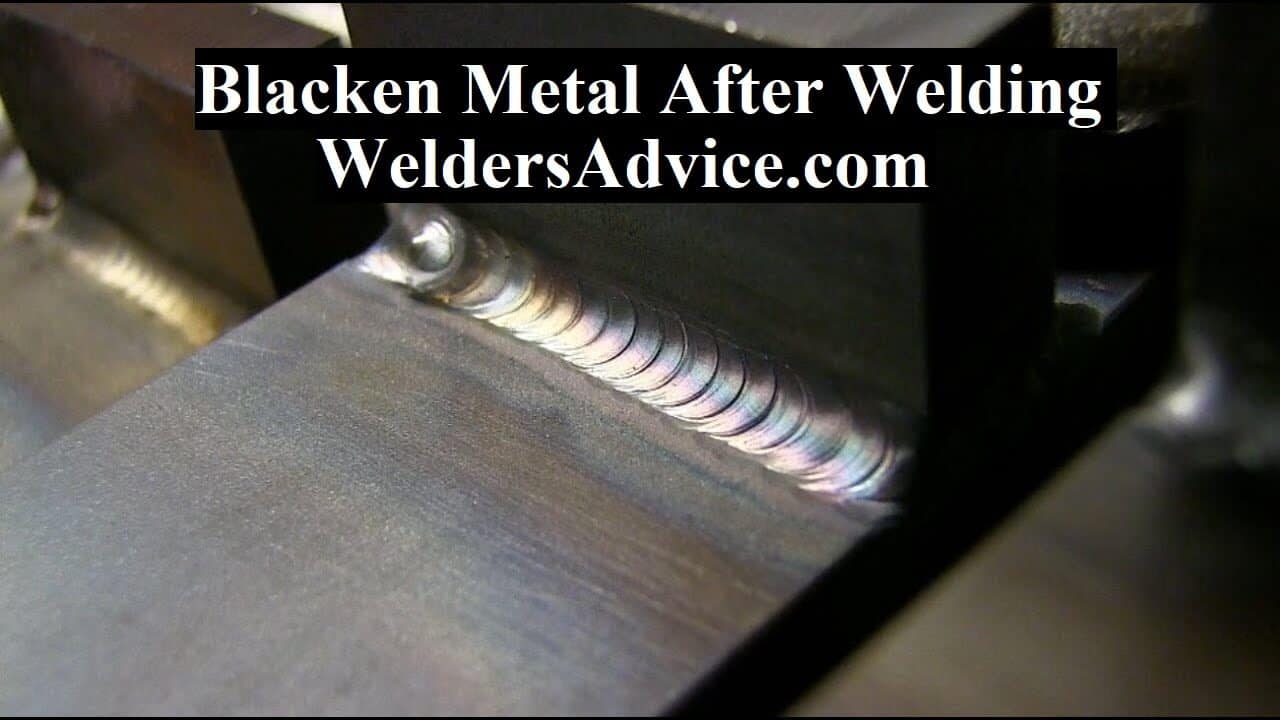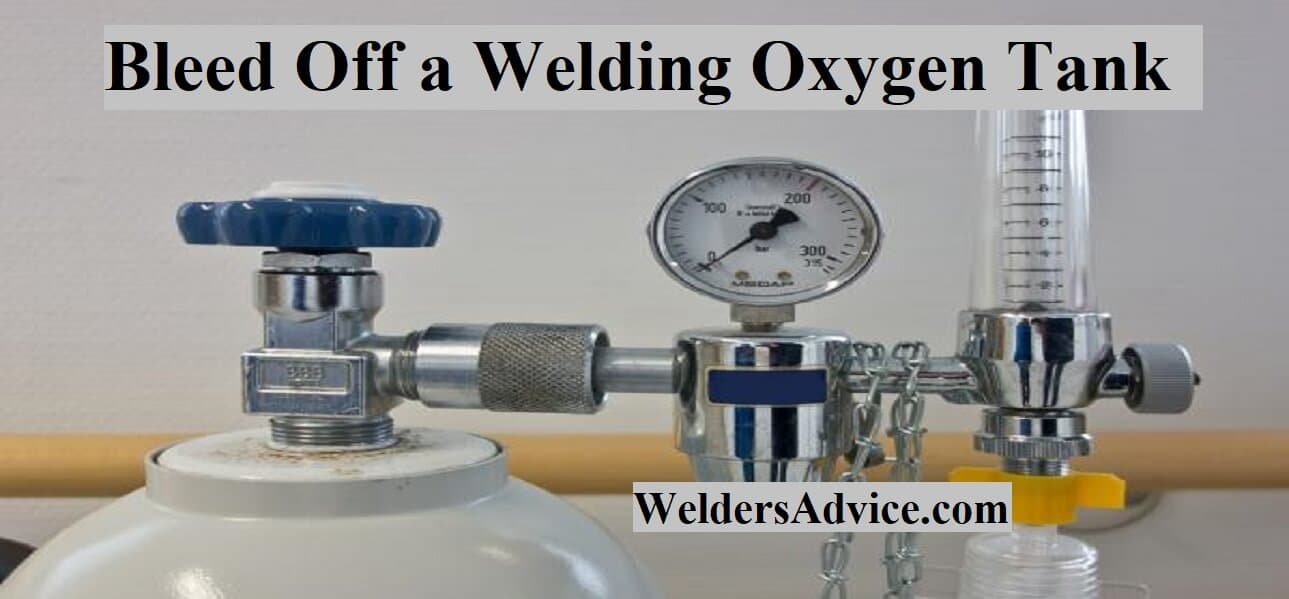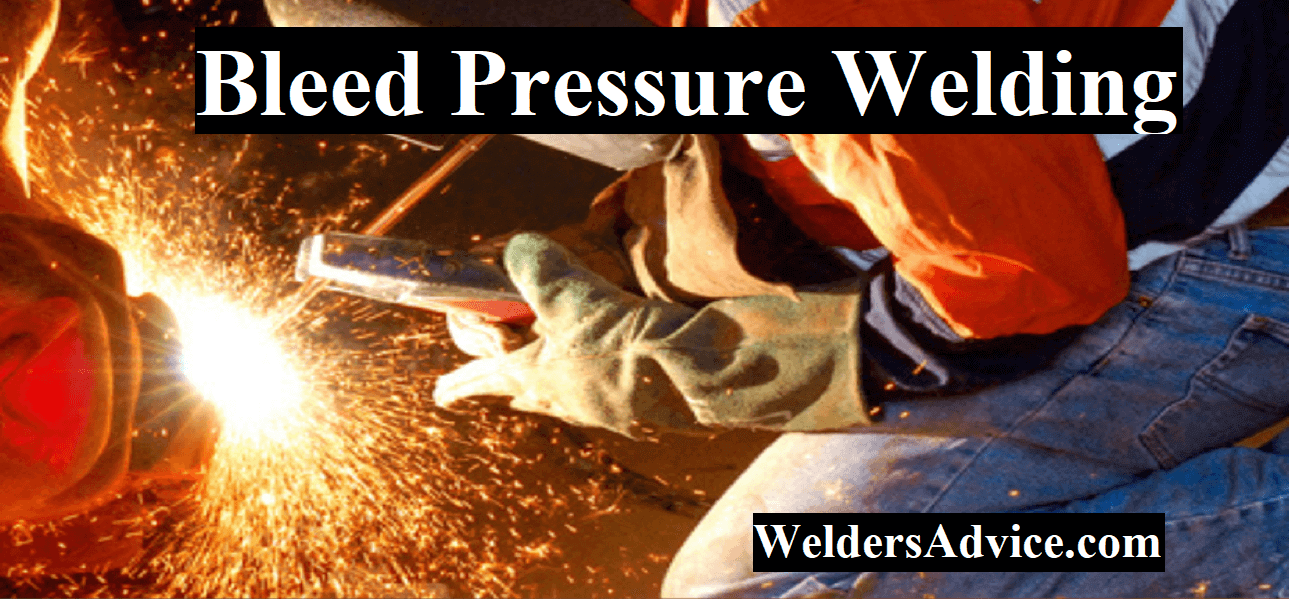Brazing is a process that involves joining two metals together by heating them to a high temperature and then applying a filler metal to the joint. The filler metal is typically made of a different metal than the two joined pieces and melts at a lower temperature than the base metals. This allows the filler metal to flow into the joint, creating a strong bond between the two pieces. In this blog post, we’ll be discussing how to braze aluminum into steel.
Brazing is a widely used technique for joining aluminum and steel, offering several advantages over traditional welding methods. This article will explore the techniques used for brazing aluminum to steel and the advantages of brazing over other joining methods. And best practices to ensure a successful brazing operation.
- Techniques for Brazing Aluminum to Steel
- Advantages of Brazing Aluminum to Steel
- Greater joint strength
- Greater design flexibility
- Reduced distortion and warping
- Increased corrosion resistance
- Best Practices for Brazing Aluminum to Steel
- Clean the parts
- Use the right filler metal.
- Use the right brazing temperature.
- Use the right brazing technique.
- Use the right flux
- Materials and Equipment Needed to Braze Aluminum to Steel
- Challenges of brazing aluminum to steel
- How to overcome the challenge
- Things to keep in mind Before Braze Aluminum to Steel
- Surface Preparation
- Filler metal selection
- Temperature control
- Time control
- Adequate joint clearance
- Safety
- Quality control
- How to Braze Aluminum to Steel: Step-by-Step Process
- First Step- Prepare the Surfaces
- Second Step- Assemble Parts
- Third Step- Apply flux.
- Fourth Step- Select filler
- Fifth Step- Heat the parts.
- Sixth Step- Apply the filler metal.
- Seventh Step- Hold the parts.
- Eighth Step- Cool Down
- Ninth Step- Quality Control
- Tips for Successful Aluminum Brazing
- Final Thoughts
Techniques for Brazing Aluminum to Steel

Use several techniques for brazing aluminum to steel, including furnace brazing, torch brazing, and induction brazing. Here is some intro to them.
Furnace brazing
Furnace brazing is a process where the parts to be joined are placed in a furnace and heated to the brazing temperature. This method is typically used for large production runs and is suitable for brazing aluminum to steel parts of any size.
Torch brazing
This method uses a gas torch to heat the filler metal, which is then applied to the aluminum pieces. Torch brazing is a relatively simple technique and can be done quickly, making it a popular choice for small-scale projects. However, it cannot be easy to control the heat and may not be suitable for large or complex projects.
Induction brazing
Induction brazing is a process where an induction heating coil is used to heat the parts to be joined. This method is typically used for small production runs and brazing aluminum to steel parts that are difficult to heat in a furnace or with a torch.
Advantages of Brazing Aluminum to Steel
Brazing aluminum to steel offers several advantages over traditional welding methods, including:
Greater joint strength
Brazing aluminum to steel creates a stronger joint than welding, making it an ideal choice for high-strength and durability applications.
Greater design flexibility
Brazing aluminum to steel allows for greater design flexibility, as the joint can be designed to meet specific strength and durability requirements.
Reduced distortion and warping
Brazing aluminum to steel reduces the risk of distortion and warping, making it an ideal choice for applications where you need precision.
Increased corrosion resistance
Brazing aluminum to steel increases corrosion resistance, making it an ideal choice for applications exposed to harsh environments.
Best Practices for Brazing Aluminum to Steel
To ensure a successful brazing operation, it is important to follow best practices, including:
Clean the parts
It is important to clean the parts to braze them thoroughly. Remove any dirt, oil, or other contaminants that may impede the brazing process.
Use the right filler metal.
It is important to use the right filler metal for the specific application, as different filler metals have different properties and characteristics.
Use the right brazing temperature.
It is important to use the right brazing temperature, as this can affect the strength and durability of the joint.
Use the right brazing technique.
It is important to use the right brazing technique, as this can affect the strength and durability of the joint.
Use the right flux
It is important to use the right flux, as this can affect the strength and durability of the joint.
Materials and Equipment Needed to Braze Aluminum to Steel
It would help if you had some important materials and pieces of equipment to braze aluminum to steel successfully. Here are some:
Materials
- Filler metal: Use the filler metal material to join the aluminum and steel parts. The most commonly used filler metals for brazing aluminum to steel include aluminum-silicon, aluminum-copper, and aluminum-silver.
- Flux: Flux cleans and protects the brazed parts’ surfaces and promotes the filler metal’s wetting. Use a water-soluble flux for brazing aluminum to steel.
Equipment
- Heat source: You need a heat source to heat the parts to the brazing temperature. Furnace brazing requires a furnace, torch brazing requires a torch, and induction brazing requires an induction heating coil.
- Brazing tongs or clamps: Use brazing tongs or clamps to hold the parts together.
- Cleaning equipment: Cleaning equipment such as wire brushes, sandpaper, and solvents to clean the parts before brazing.
- Safety equipment: Safety equipment such as gloves, goggles, and a respirator to protect the brazer from heat and fumes.
Challenges of brazing aluminum to steel
While brazing aluminum to steel offers many advantages, some challenges can arise during the brazing process. These challenges include:
- Differing thermal expansion rates: Aluminum and steel have different thermal expansion rates, making it difficult to achieve a tight and secure joint.
- Differing surface preparation requirements: Aluminum and steel have different surface preparation requirements, making it difficult to ensure that both surfaces are clean and free of contaminants before brazing.
- Differing melt temperatures: Aluminum and steel have different melt temperatures, making it difficult to achieve a consistent and uniform brazed joint.
- Porosity: If you use insufficient filler metal or the brazing temperature is too low.
- Oxidation: Oxidation can occur if you expose aluminum to air at high temperatures during the brazing process. This can cause discoloration and weaken the joint.
- Differing metallurgical properties: Aluminum and steel have different metallurgical properties, making it difficult to achieve a consistent and uniform brazed joint.
How to overcome the challenge
To overcome this challenge, it’s important to use a filler metal that melts at a lower temperature than aluminum. Silver-based filler metal is a good choice, which has a melting point of around 820-840 degrees Fahrenheit.
Also, it is important to use proper techniques and equipment, ensure that the parts are clean and prepped properly, use the right filler metal, and closely monitor the brazing temperature and time.
It is also important to understand the metallurgical properties of aluminum and steel, such as their thermal expansion rates and melt temperatures, to help predict and prevent potential issues.
Things to keep in mind Before Braze Aluminum to Steel
When preparing to braze aluminum to steel, there are several things to keep in mind:
Surface Preparation
It is important to thoroughly clean and prepare the surfaces of the aluminum and steel parts to braze. This includes removing any dirt, oil, or other contaminants and ensuring the surfaces are smooth and free of defects.
Filler metal selection
It is important to select the appropriate filler metal for the specific application. Different filler metals have different properties and characteristics, so choosing one suitable for the specific brazing operation is important.
Temperature control
Temperature control is crucial to achieving a consistent and uniform brazed joint. It is important to use the correct brazing temperature and closely monitor it during the brazing process.
Time control
It’s important to monitor the time the parts spend at the brazing temperature. Overheating or underheating can affect the strength and integrity of the joint.
Adequate joint clearance
Adequate joint clearance is important to ensure enough filler metal to fill the joint and prevent porosity.
Safety
It is important to use the proper safety equipment and to follow safety procedures to protect the brazer from heat and fumes.
Quality control
Perform quality control checks on the brazed joint to ensure it meets the desired strength, durability, and design requirements.
How to Braze Aluminum to Steel: Step-by-Step Process
Braze Aluminum to Steel is a process that requires careful preparation, proper technique, and the right materials and equipment. Here is a step-by-step process for brazing aluminum to steel:
First Step- Prepare the Surfaces
Clean and prepare the surfaces of the aluminum and steel parts. It includes removing any dirt, oil, or other contaminants and ensuring the surfaces are smooth and free of defects.
Second Step- Assemble Parts
Assemble the parts to be brazed. Use brazing tongs or clamps to hold the parts together.
Third Step- Apply flux.
Apply flux to the surfaces of the parts that you want to braze. It will help to clean and protect the surfaces and to promote the wetting of the filler metal.
Fourth Step- Select filler
Select the appropriate filler metal for the specific application. Different filler metals have different properties and characteristics, so choosing one suitable for the specific brazing operation is important.
Fifth Step- Heat the parts.
Heat the parts to the brazing temperature. The heat source will depend on the brazing technique being used. Furnace brazing requires a furnace, torch brazing requires a torch, and induction brazing requires an induction heating coil.
Sixth Step- Apply the filler metal.
Apply the filler metal to the joint. Use a brush or tool to apply the filler metal to the joint.
Seventh Step- Hold the parts.
Hold the parts together at the brazing temperature for the recommended time. This will allow the filler metal to melt and flow into the joint, creating a strong and durable bond.
Eighth Step- Cool Down
Allow the parts to cool. Once the parts have cooled, the brazed joint should be strong and durable.
Ninth Step- Quality Control
Perform quality control checks on the brazed joint to ensure it meets the desired strength, durability, and design requirements.
Following the manufacturer’s instructions and guidelines for the specific materials and equipment used during the brazing process is important. Additionally, having well-maintained, calibrated, and appropriate equipment is important for precise temperature control, which is crucial to achieving a consistent and uniform brazed joint and preventing porosity.
By keeping these things in mind, it is possible to achieve a strong and durable brazed joint that meets specific design and performance requirements.
You may also like the following:
- Why Do Underwater Welders Die
- How Much Do Saturation Divers Make?
- Best Underwater Welding Schools & Colleges
Tips for Successful Aluminum Brazing
To achieve successful aluminum brazing, it’s important to follow a few key tips:
- Clean the aluminum pieces thoroughly before brazing. Any dirt or oxidation on the surface can affect the bond strength.
- Use the appropriate filler metal for the project. Different filler metals have different melting points and properties, so choosing one suitable for the specific application is important.
- Control the heat during the brazing process. Too much heat can cause the aluminum to warp or the filler metal to burn, while too little heat can result in a weak bond.
- Allow the brazed pieces to cool slowly. Rapid cooling can cause stress on the bond, which can weaken it.
Final Thoughts
Brazing aluminum to steel is a widely used technique that offers several advantages over traditional welding methods. By following best practices and using the right techniques, materials, and equipment, it is possible to achieve a strong and durable joint that meets specific design and performance requirements.
In conclusion, brazing aluminum to steel can be challenging due to the difference in melting points between these two metals. However, with the right techniques and materials, it is possible to create a strong bond between them. You can create a strong bond between aluminum and steel by using a silver-based filler metal, cleaning and preparing the surfaces, heating the pieces evenly, and applying the filler metal while they are still hot.

